Double Square Gallery presents Inner Rhyme (心即韻), a solo exhibition by New York-based artist Jenny Chen (陳張莉). Chen has become known over the past three decades for creating luscious and vibrant abstract pictures that she considers portraits of the mind. “I don’t consciously seek to organize the composition of a painting; instead, I prefer to allow the working of paint to help determine the arrangement of forms,” says the artist. The gallery describes her new paintings as harmonious landscapes of color that possess a strong color palette of tangerine, yellow and green. Chen’s painting process is semi-automatic, allowing material to freely flow, collide and overlap while at the same time exercising a mature grasp of painting materials and aesthetics.
■ Double Square Gallery (雙方藝廊), 28, Lane 770, Beian Road, Taipei City (台北市北安路770巷28號), tel: (02) 8501-2138. Open Tuesdays to Sundays from 10:30am to 6:30pm
■ Until June 1
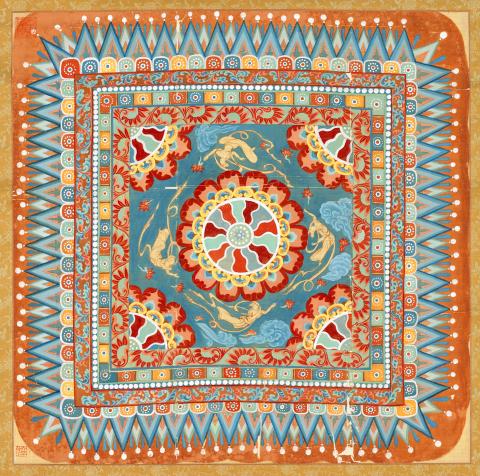
Photo Courtesy of National Palace Museum
The Place Taipei, a new hotel located in the Nangang Software Park (南港軟體園區), teams up with the Museum of Contemporary Art, Taipei to organize Taipei Everyday: A Traveler’s Perspective (旅人風景臺北日常), a group exhibition of site-specific works presented in various public spaces in the hotel. The hotel’s art program aims to provide visitors a chance to enjoy art during their stay and appreciate the culture of Taipei, writes The Place Taipei in a press release. The exhibition features local artists who work in a broad range of mediums, including writing, culinary art, multimedia installation and sound. Yu Shih-fu (盂施甫) creates kinetic installations using electronics, motors and metal parts. Go For a Ride (兜風) is an installation that is styled after the official brand image of Taiwan’s bike industry. The work utilizes wheels, bells and other devices to demonstrate the bike trails in Taipei as well as the city’s public bike sharing service YouBIke. Wu Tsan-cheng (吳燦政) focuses primarily in experimentations between sound and image. His sound installation Taiwan Sound Map Project (台灣聲音地圖計畫—臺北) is literally a database of sounds recorded throughout the nation. Users navigate the project using an online map that marks each recording at its geographical location.
■ The Place Taipei (南港老爺行旅), 221 Zhishan Rd Sec 2, Taipei City (台北市經貿二路196號), tel: (02) 7750-0588. Opens daily.
■ Begins tomorrow; until through Sept. 1
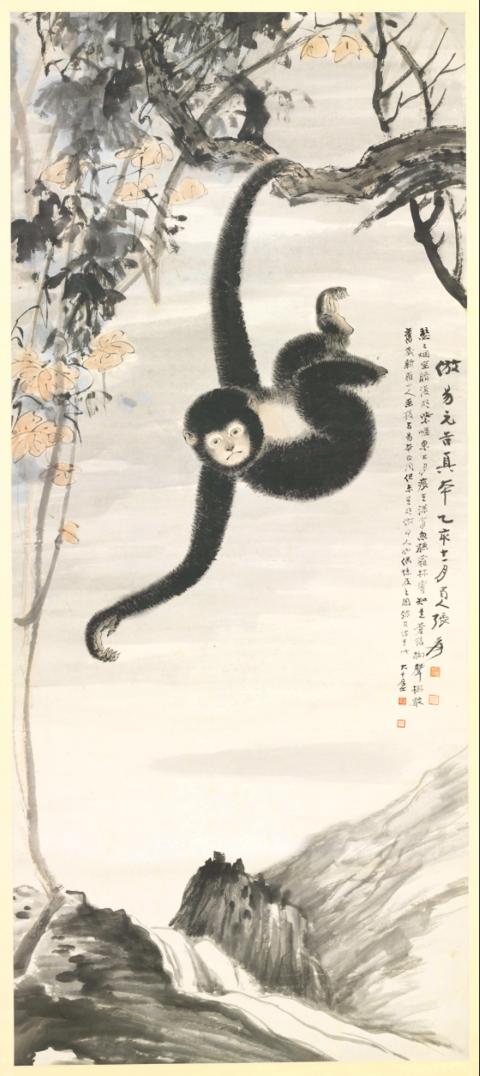
Photo Courtesy of National Palace Museum
Christopher Tyler is a France-based English photographer who has, since the 1980s, traveled regularly to India, China and Iceland, where his wife is from. Tyler returns again and again to the same destinations, immersing himself in the local cultures, writes Mind Set Art Center, a Taipei gallery that is currently hosting his solo exhibition Steinholt (奇島). The title refers to a house off the northeastern coast of Iceland that the grandparents of his wife resided in for over 40 years. When Tyler and his wife revisited the house in 2010, he began a photographic study of it and the legacy of its inhabitants. “My itinerary retraces the movements of my wife’s forefathers, as they crisscrossed the region from farm to farm in search of work or a place to live,” writes the artist. “The aim of this project is to remember their endeavor and determination, and since the past always resurfaces on in one form or another, I see more clearly the woman with whom I have shared my life for over 30 years.”
■ Mind Set Art Center (安卓藝術) 108, Heping E Rd, Taipei City (台北市和平東路108號), tel: (02) 2365-6008. Open Tuesdays to Saturdays from 11am to 6pm
■ Until May 19
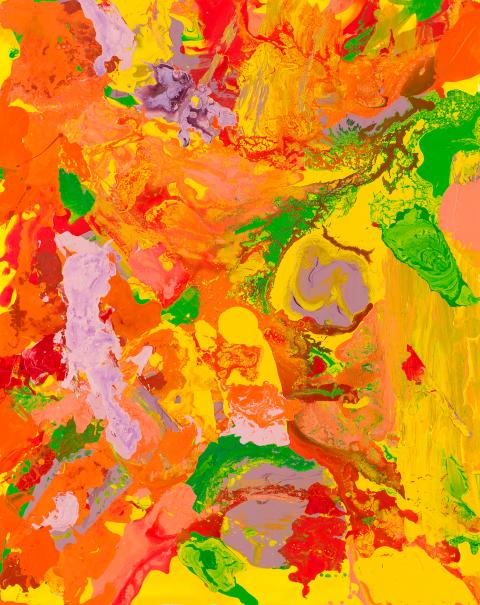
Photo Courtesy of Double Square Gallery
The annual Baosheng Cultural Festival (保生文化祭) is a two-month program of cultural and religious events organized around the birthday of the Baosheng Emperor (保生大帝), the Chinese god of medicine. Legend says that the god is a reincarnation of a 10th century Chinese doctor who was known for extraordinary healing abilities and compassionate acts. The celebration of his birthday began as a single-day temple festival that evolved into a large-scale event in 1994. The festival today encompasses a multifaceted program, beginning with a procession in which temple deities parade through the streets in a symbolic act of inspection and blessing. Other festival activities include folk opera performances integrated with puppet shows and traditional beiguan (北管) and nankuan music (南管); guided tours of the temple that offer information about its historical and architectural merits; and free Chinese Medicine consultations and seminars available at the temple premises. For more information, visit: www.baoan.org.tw.
■ Dalongdong Baoan Temple (大龍峒保安宮), 61 Hami St, Taipei City (台北市哈密街61號), tel: (02) 2595-1676. Open daily from 11am to 7pm
■ Until June 30
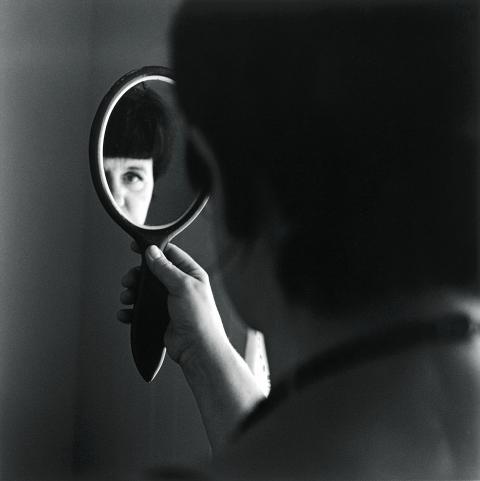
Photo Courtesy of Mindset Art Center
The legendary Chinese artist Chang Dai-chien (張大千) is one of the most iconic modernist painters of the 20th century. He began his artistic training in traditional Chinese painting and calligraphy and quickly gained a reputation in the Shanghai art world at an early age. Chang was determined at an early age to synthesize a diverse range of painting styles from the Ming and Qing dynasties and beyond. During the second Sino-Japanese War, Chang spent several years in the caves of Dunhuang (敦煌) copying ancient murals. For the second half of his life, the artist spent most of his time overseas exhibiting extensively in Asia, Europe and the Americas. He spent his final years in Taiwan, living in a residence that is today a memorial managed by the National Palace Museum. In celebration of Chang’s robust career, a retrospective of his works, Silhouette of a Great Master (巨匠的剪影), is currently on view at the museum’s northern branch. Highlights include 10 self-portraits of various formats, as well as a selection of paintings that the museum proclaims as “Chang’s Masterpieces.” These works embody Chang’s artistic philosophies in which grace, beauty and accessibility are paramount. In conversation with his disciples, he once said: “I believe that only when spirit and form are complete can true beauty arise. And only then will it be accepted by the people, appreciated by both the refined and the popular alike.”
■ National Palace Museum (國立故宮博物院), 221 Zhishan Rd Sec 2, Taipei City (台北市至善路二段221號), tel: (02) 2881-2021. Open daily from 8:30am to 6:30pm; closes at 9pm on Fridays and Saturdays
■ Until June 25
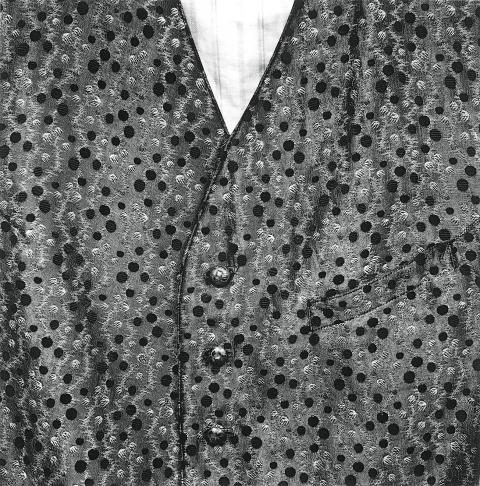
Photo Courtesy of Mindset Art Center

In the March 9 edition of the Taipei Times a piece by Ninon Godefroy ran with the headine “The quiet, gentle rhythm of Taiwan.” It started with the line “Taiwan is a small, humble place. There is no Eiffel Tower, no pyramids — no singular attraction that draws the world’s attention.” I laughed out loud at that. This was out of no disrespect for the author or the piece, which made some interesting analogies and good points about how both Din Tai Fung’s and Taiwan Semiconductor Manufacturing Co’s (TSMC, 台積電) meticulous attention to detail and quality are not quite up to

April 21 to April 27 Hsieh Er’s (謝娥) political fortunes were rising fast after she got out of jail and joined the Chinese Nationalist Party (KMT) in December 1945. Not only did she hold key positions in various committees, she was elected the only woman on the Taipei City Council and headed to Nanjing in 1946 as the sole Taiwanese female representative to the National Constituent Assembly. With the support of first lady Soong May-ling (宋美齡), she started the Taipei Women’s Association and Taiwan Provincial Women’s Association, where she

Chinese Nationalist Party (KMT) Chairman Eric Chu (朱立倫) hatched a bold plan to charge forward and seize the initiative when he held a protest in front of the Taipei City Prosecutors’ Office. Though risky, because illegal, its success would help tackle at least six problems facing both himself and the KMT. What he did not see coming was Taipei Mayor Chiang Wan-an (將萬安) tripping him up out of the gate. In spite of Chu being the most consequential and successful KMT chairman since the early 2010s — arguably saving the party from financial ruin and restoring its electoral viability —

It is one of the more remarkable facts of Taiwan history that it was never occupied or claimed by any of the numerous kingdoms of southern China — Han or otherwise — that lay just across the water from it. None of their brilliant ministers ever discovered that Taiwan was a “core interest” of the state whose annexation was “inevitable.” As Paul Kua notes in an excellent monograph laying out how the Portuguese gave Taiwan the name “Formosa,” the first Europeans to express an interest in occupying Taiwan were the Spanish. Tonio Andrade in his seminal work, How Taiwan Became Chinese,